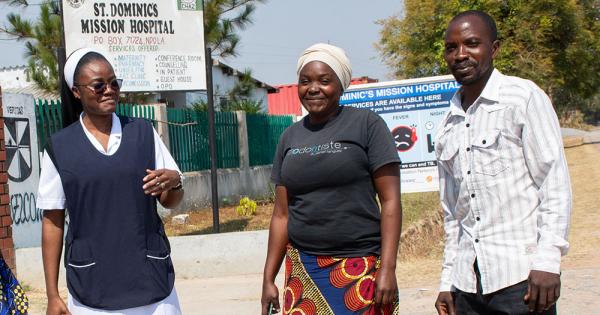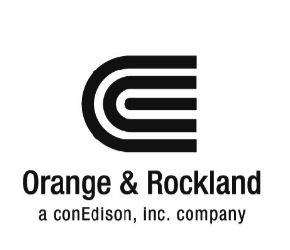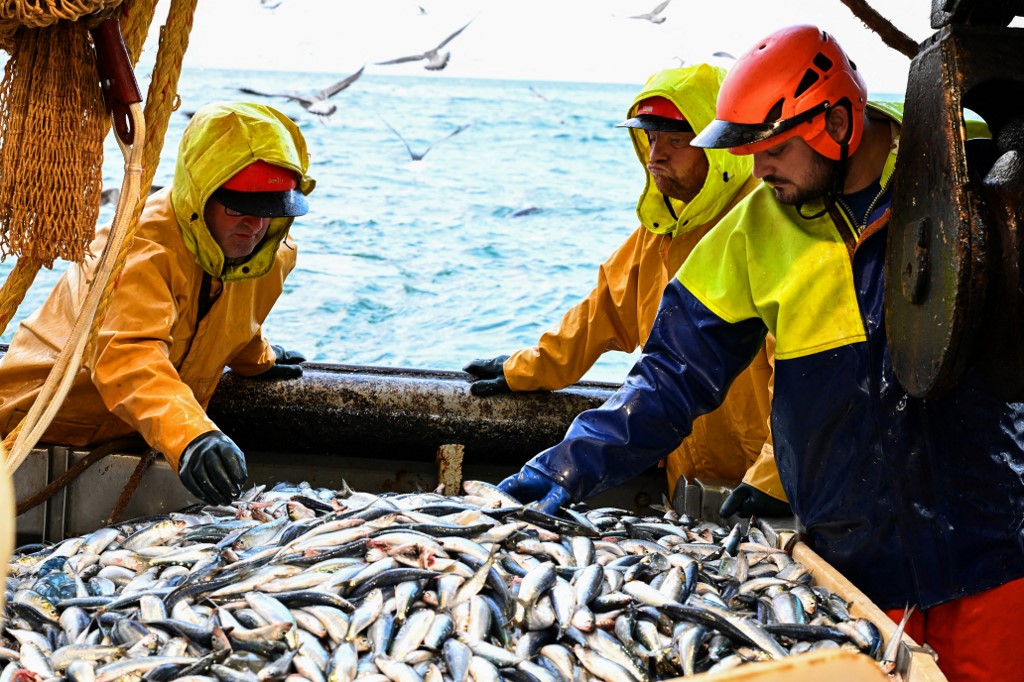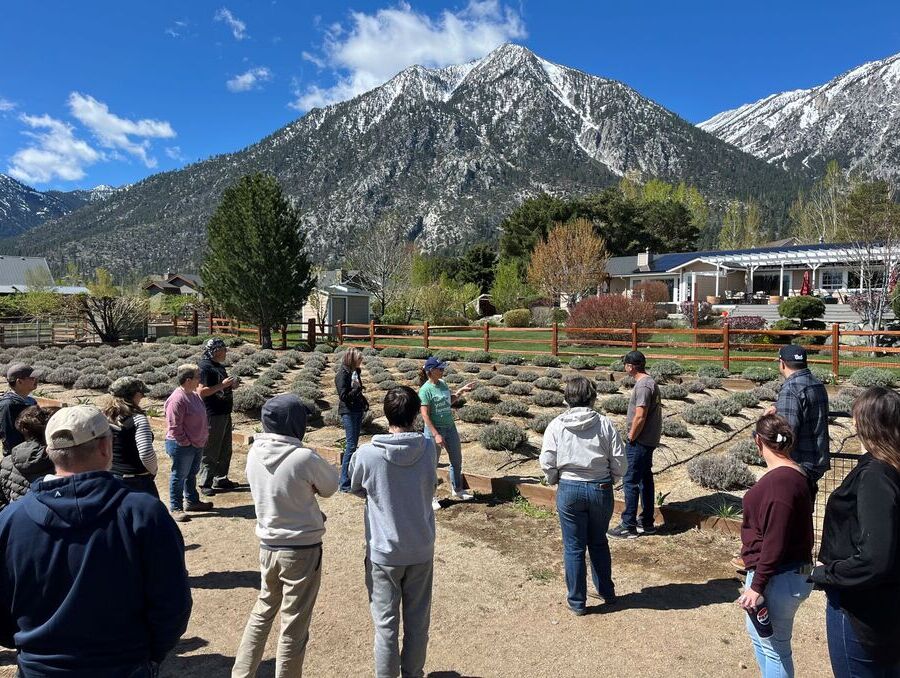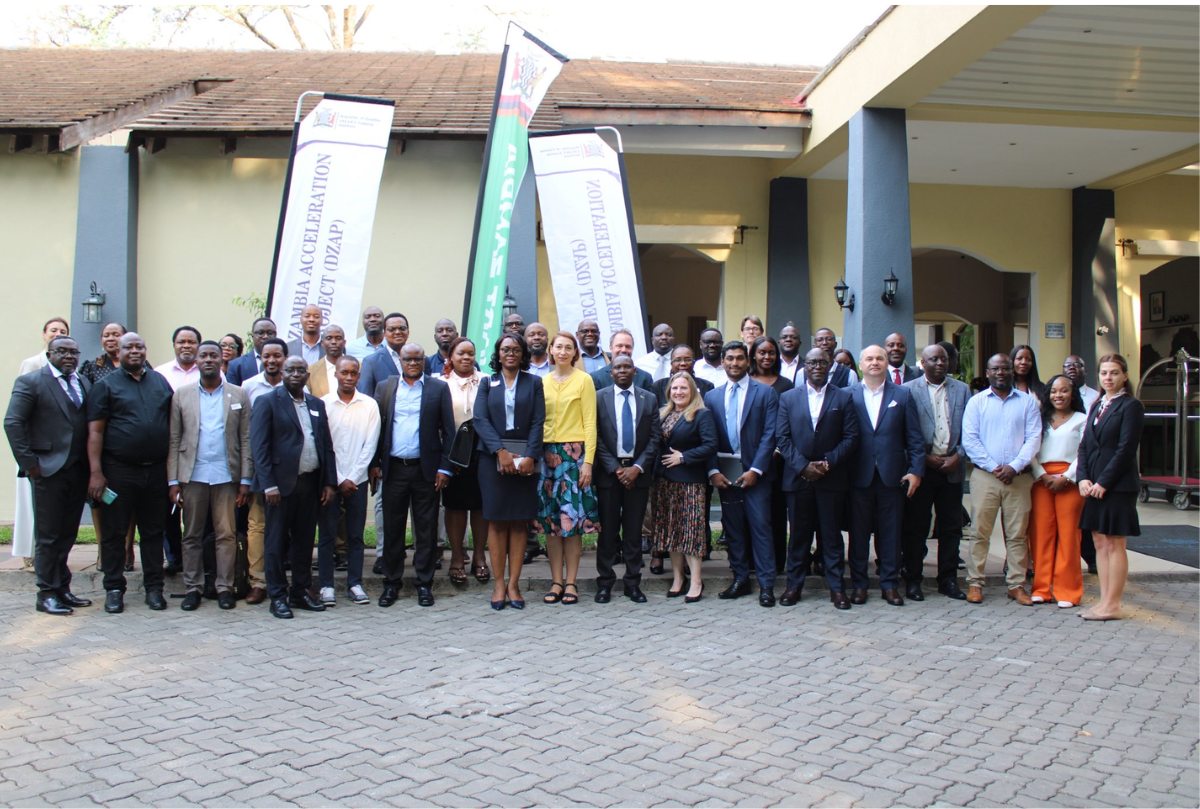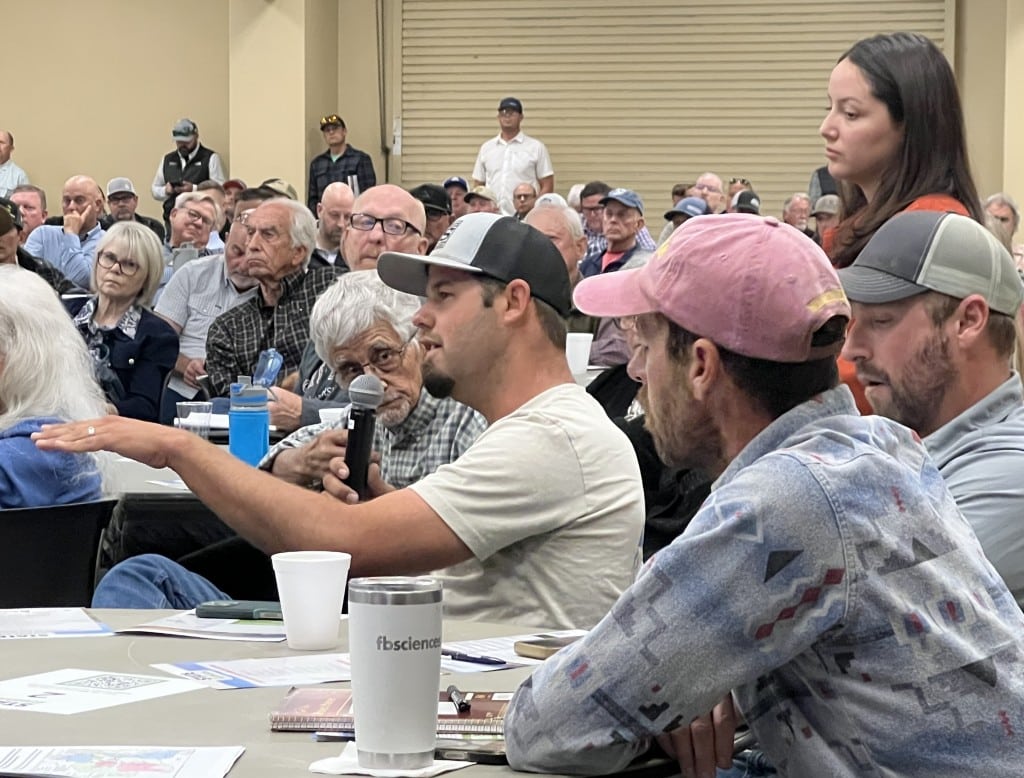SCDES lifts recreational water watch for Lake Hartwell, water can still pose health risks – Greenville Online


Report on Lake Hartwell Harmful Algal Bloom and Sustainable Development Goals
Overview of the Situation
The South Carolina Department of Environmental Control (SCDES) has lifted the recreational water watch for Lake Hartwell following a significant reduction in harmful algal blooms (HABs). This development allows residents and visitors to safely engage in water activities while remaining cautious of isolated algae patches that may persist in certain areas such as coves and shorelines.
Monitoring and Public Safety Measures
- SCDES continues to monitor Lake Hartwell closely to ensure public health and environmental safety.
- Residents are encouraged to report any suspected algal blooms to assist in timely response and management.
- Boaters and lake users are advised to follow “clean, drain, and dry” protocols for their equipment to prevent the spread of algae.
- Swimmers and boaters should avoid contact with visible algae and rinse thoroughly after water activities.
Historical Context and Affected Areas
- Harmful algal blooms were first observed in early April near Brooks Drive, Gordon Road, and Whitfield Road in Anderson County.
- Subsequent blooms occurred in May and June in multiple lake arms, including:
- Tugaloo River Lake arm upstream of I-85
- Seneca River Lake arm upstream of West Cherry Road
- Six and Twenty Lake arm upstream of Centerville Road
- Broadway Lake area in Anderson County
- Six and Twenty Creek Lake arm (between SC-24 and Centerville Road)
- Lower Lake Hartwell (Sadlers Creek State Park to Hartwell Dam)
- Martin Creek and Coneross Creek lake arms (south of Cherry Creek Road to Camp Creek Road)
Harmful Algal Bloom Test Results
- Samples collected by SCDES staff confirmed the presence of cyanobacteria capable of producing cyanotoxins.
- Microcystins were detected in all samples taken on May 19, with concentrations well below the recreational safety standard.
- Cylindrospermopsin toxins were undetectable in the samples.
- SCDES maintains communication with Anderson County officials for ongoing monitoring and public health protection.
Understanding Harmful Algal Blooms (HABs)
HABs occur when algae and cyanobacteria proliferate excessively in water bodies, often during warm and dry months. Factors contributing to blooms include sunlight, slow-moving water, elevated nutrients such as nitrogen and phosphorus, and warm temperatures. These blooms can persist for several weeks but may dissipate due to cooler temperatures, wind, or rain.
Identification of HABs
- HABs appear as foam, scum, or thick layers of algae on the water surface.
- They may resemble bright green spilled paint or blue-green discoloration and emit foul odors similar to rotten eggs or decaying vegetation.
- Residents are urged to report suspected blooms to the South Carolina Department of Environmental Services via phone or email for prompt action.
Health Implications of HAB Exposure
- Common symptoms include stomach pain, skin rash, headache, coughing, and watery eyes.
- Pets exposed to blooms may exhibit symptoms requiring veterinary attention.
Emphasis on Sustainable Development Goals (SDGs)
The management and mitigation of harmful algal blooms at Lake Hartwell align closely with several United Nations Sustainable Development Goals:
- SDG 3: Good Health and Well-being – Protecting public health by monitoring water quality and preventing exposure to harmful toxins.
- SDG 6: Clean Water and Sanitation – Ensuring the availability and sustainable management of water resources by controlling nutrient pollution and maintaining water safety.
- SDG 13: Climate Action – Addressing environmental factors such as temperature and precipitation patterns that influence bloom occurrences.
- SDG 15: Life on Land – Preserving aquatic ecosystems by preventing harmful algal proliferation and maintaining biodiversity.
- SDG 17: Partnerships for the Goals – Collaboration between SCDES, local authorities, and the community to monitor, report, and manage HABs effectively.
Recommendations for Continued Progress
- Enhance community awareness and education on the causes, identification, and risks of harmful algal blooms.
- Implement nutrient management strategies to reduce runoff from agriculture and wastewater sources.
- Support ongoing scientific monitoring and research to better predict and respond to HAB events.
- Encourage stakeholder collaboration to promote sustainable water use and ecosystem health.
Conclusion
The recent reduction of harmful algal blooms in Lake Hartwell represents a positive step toward safeguarding environmental and public health. Continued vigilance, community engagement, and alignment with Sustainable Development Goals are essential to maintaining water quality and ensuring the well-being of residents and ecosystems dependent on this vital resource.
1. Sustainable Development Goals (SDGs) Addressed or Connected
- SDG 3: Good Health and Well-being
- The article discusses health risks associated with harmful algal blooms (HABs), including symptoms such as stomach pain, skin rash, headache, and respiratory irritation.
- It emphasizes public health monitoring and safety advisories to protect residents and visitors.
- SDG 6: Clean Water and Sanitation
- The article focuses on water quality in Lake Hartwell, monitoring harmful algal blooms that affect recreational water safety.
- It highlights efforts by the South Carolina Department of Environmental Control (SCDES) to monitor, test, and manage water quality.
- SDG 14: Life Below Water
- The article addresses the ecological impact of harmful algal blooms on freshwater ecosystems in Lake Hartwell.
- It mentions nutrient pollution from agricultural runoff and wastewater discharges contributing to algal blooms.
- SDG 15: Life on Land
- Although less directly, the article touches on ecosystem health and the impact of water pollution on surrounding terrestrial environments.
2. Specific Targets Under the Identified SDGs
- SDG 3: Good Health and Well-being
- Target 3.9: By 2030, substantially reduce the number of deaths and illnesses from hazardous chemicals and air, water, and soil pollution and contamination.
- SDG 6: Clean Water and Sanitation
- Target 6.3: By 2030, improve water quality by reducing pollution, eliminating dumping, and minimizing release of hazardous chemicals and materials.
- Target 6.6: Protect and restore water-related ecosystems, including lakes and rivers.
- SDG 14: Life Below Water
- Target 14.1: By 2025, prevent and significantly reduce marine pollution of all kinds, particularly from land-based activities, including nutrient pollution.
- SDG 15: Life on Land
- Target 15.1: By 2020, ensure the conservation, restoration, and sustainable use of terrestrial and inland freshwater ecosystems.
3. Indicators Mentioned or Implied to Measure Progress
- Water Quality Monitoring Indicators
- Concentration levels of cyanobacteria (blue-green algae) and cyanotoxins such as microcystins measured in micrograms per liter.
- Number of sampling locations and frequency of sampling (e.g., samples taken from 16 locations on May 6, 10 locations on June 3).
- Presence or absence of specific toxins like cylindrospermopsin.
- Health Impact Indicators
- Reported cases or symptoms related to harmful algal bloom exposure (stomach pain, skin rash, headache, respiratory irritation).
- Environmental Management Indicators
- Number of advisories or recreational water watches issued and lifted by environmental authorities.
- Community engagement indicators such as reports of suspected blooms from residents.
4. Table of SDGs, Targets, and Indicators
| SDGs | Targets | Indicators |
|---|---|---|
| SDG 3: Good Health and Well-being | Target 3.9: Reduce illnesses from hazardous chemicals and pollution |
|
| SDG 6: Clean Water and Sanitation |
|
|
| SDG 14: Life Below Water | Target 14.1: Prevent and reduce marine pollution, including nutrient pollution |
|
| SDG 15: Life on Land | Target 15.1: Conserve and restore terrestrial and freshwater ecosystems |
|
Source: greenvilleonline.com

What is Your Reaction?
 Like
0
Like
0
 Dislike
0
Dislike
0
 Love
0
Love
0
 Funny
0
Funny
0
 Angry
0
Angry
0
 Sad
0
Sad
0
 Wow
0
Wow
0









